"In this idea originated the plan of the 'Lyrical Ballads'; in which it was agreed, that my endeavours should be directed to persons and characters supernatural, or at least romantic, yet so as to transfer from our inward nature a human interest and a semblance of truth sufficient to procure for these shadows of imagination that willing suspension of disbelief for the moment, which constitutes poetic faith."
The state is arguably an essential element when experiencing any drama or work of fiction. We may know very well that we are watching an actor or looking at marks on paper, but we wilfully accept them as real in order to fully experience what the artist is attempting to convey.
The Suspension of Disbelief is an operating principle for all acting and understanding of theater or any work of fiction. When we present a Children's Musical, we expect the child actors to be able to pretend to be someone or something else for a while and we expect that the audience can believe in what they are presenting.
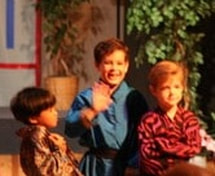
When young children learn to use their imaginations and suspend their disbelief, their enjoyment of stories can be so profound. Fictional stories can be useful to help them learn lessons for the real world. Trouble and strife and untold bad things can be experienced in "make-believe" without all the real-life consequences. What a wonderful gift to be able to learn through thought-provoking stories just by suspending our disbelief for a little while.

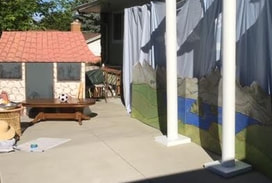
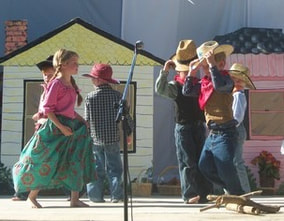
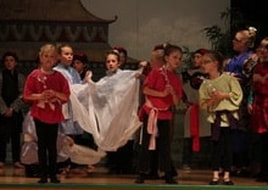

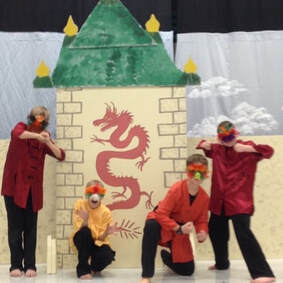
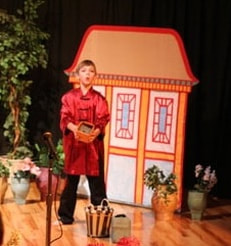
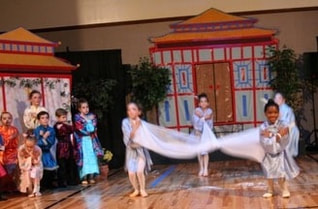
 RSS Feed
RSS Feed